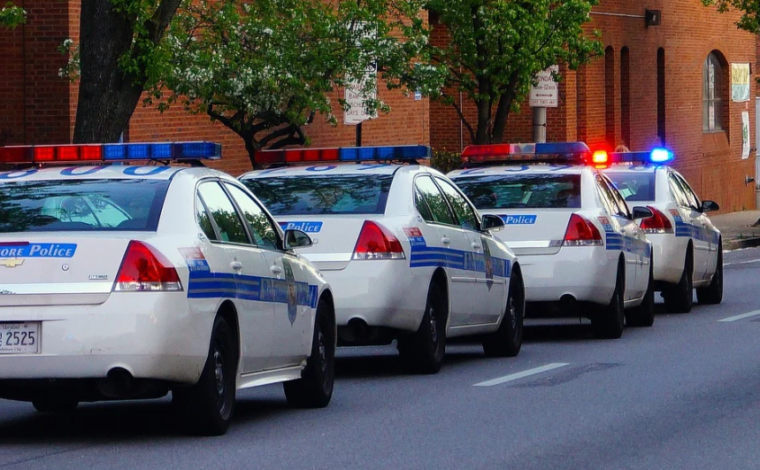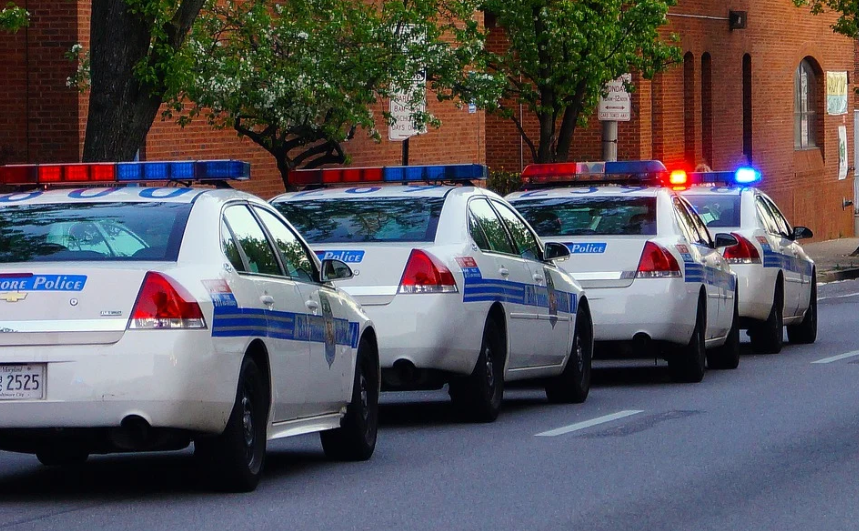
In the current sad and chaotic midst of almost total negative press, some positive things are happening … and some of it is related to law enforcement.
Throughout the country, law enforcement budgets have been stretched to the limit. First responders at every jurisdiction have worked overtime during the COVID-19 crisis and funding for operations, critical purchases and public safety is vanishing quickly. Budgets need to be replenished, so funding that allows law enforcement agencies to upgrade, make purchases and implement new technology is critical to their ongoing operations.
The good news is that the much-needed funding is now flowing to states, cities, counties, and law enforcement organizations as a result of coronavirus relief bills that have been passed by Congress.
These first funding flows are expected to be only the first step. More funding is anticipated with the next COVID-19 relief bill.
 It all started when Congress authorized roughly $3 trillion in relief funding through what is now known as the Coronavirus Aid, Relief, and Economic Security (CARES) Act. But, even after Congress passes a statute that allocates funding, it always takes a significant amount of time before the revenue begins to move. That is now happening.
It all started when Congress authorized roughly $3 trillion in relief funding through what is now known as the Coronavirus Aid, Relief, and Economic Security (CARES) Act. But, even after Congress passes a statute that allocates funding, it always takes a significant amount of time before the revenue begins to move. That is now happening.
Large sums of money have been allocated for law enforcement agencies. Grant programs also are available for specific types of funding.
But, this funding is likely just the beginning because there appears to be almost universal agreement that another large relief bill is necessary. It will send billions more to state and local governments, and law enforcement will participate in some of that as well.
This has all happened in the last two months, and the bills passed by Congress are packed with intricate details related to funding programs. Deciphering the information that explains what the funding can be used for and where is it being routed is a daunting task … but it can be done.
In this column over the next few weeks, I’ll explain where the funding is going, what it can be used for and the timelines that are involved. That is news that citizens, taxpayers, and government contractors have a right to know, so we’ll publish it here.
The SPI Research Team will tracking every funding flow – not just revenues available for law enforcement. And, this process will continue over the next 18 months because an infrastructure bill is also being developed, and it too is expected to make billions more available to regional public entities. In spite of concern over the national debt, an infrastructure bill is almost guaranteed because the nation’s economy must be stimulated and jobs created as quickly as possible. The quickest way to make that happen is through large government projects. Most believe that some of the public debt will be reduced through incentives for private sector investment in public projects.
Local law enforcement organizations, however, already are focused on new funding allocated through the CARES Act. This funding can be used immediately to offset costs sustained during COVID-19 efforts as well as for other purchases as well. Local units of government and Indian tribes will receive direct awards.
Grantees of the funding ($850 million) may use the revenue for a broad range of expenses including overtime pay costs and also for equipment, training, the purchase of unmanned aerial aircraft, video security cameras for law enforcement, data communications, telecommunications equipment and command center software, and video analytics systems.
Local public officials throughout the country are applying for this funding for specific projects. In Texas, the Hays County Commissioners Court has asked for funding to assist with the purchase of an online citizen reporting system to minimize in-person encounters between civilians and law enforcement. The court requested $37,094 and will supplement additional funding for a system that allows residents to submit non-emergency incidents and limit person-to-person contact.
Cities are also eligible for reimbursement and supplemental funding from Congress. The Austin City Council has approved $885,407 for the Austin Police Department (APD) for personal protective equipment that can be used for interactions with the public.
The Paducah Police Department in Kentucky has asked for $34,145 in funding for an aerial drone to be used for situations involving crime and collision scenes as well as for special events with large crowds. They also plan to use the aerial drone to look for missing persons and to view and monitor large festivals from the sky. In addition, the department applied for the Edward Byrne Memorial Justice Assistance Grant for additional handheld radios.
Maryland received $6.6 million that will flow to law enforcement agencies. The Frederick Police Department and Frederick County are eligible for $96,923, and there are plans to spend some of that funding on training and additional protective measures.
In Arkansas, the Jefferson County Sheriff’s Office has implemented the use of UV technology at the W.C. “Dub” Brassell Detention Center. The sheriff’s office hopes to receive a $58,000 minimum grant award amount which will be used to purchase technology that disinfects water and destroys harmful micro-organisms in food products.
The U.S. Federal Emergency Management Agency (FEMA) also has announced additional funding. The program is a part of the FY 2020 Emergency Management Performance Grant (EMPG-S) Program-Supplemental funding. This program encourages the use of funding for planning, collection, and display of data related to hospital beds and ventilator capacity, integration of emergency management and public health operations, and the identification of all sources to surge medical professionals.
Some of the other states that already have received awards from this fund include Iowa ($1.32 million), Kansas ($1.28 million), Missouri ($1.86 million), and Nebraska ($1.1 million). Most law enforcement organizations hope to upgrade technology, purchase equipment, and find ways to enhance public safety as well as the safety of their own personnel.
Watch this column for information about additional funding that is now available for state and local governmental entities.
